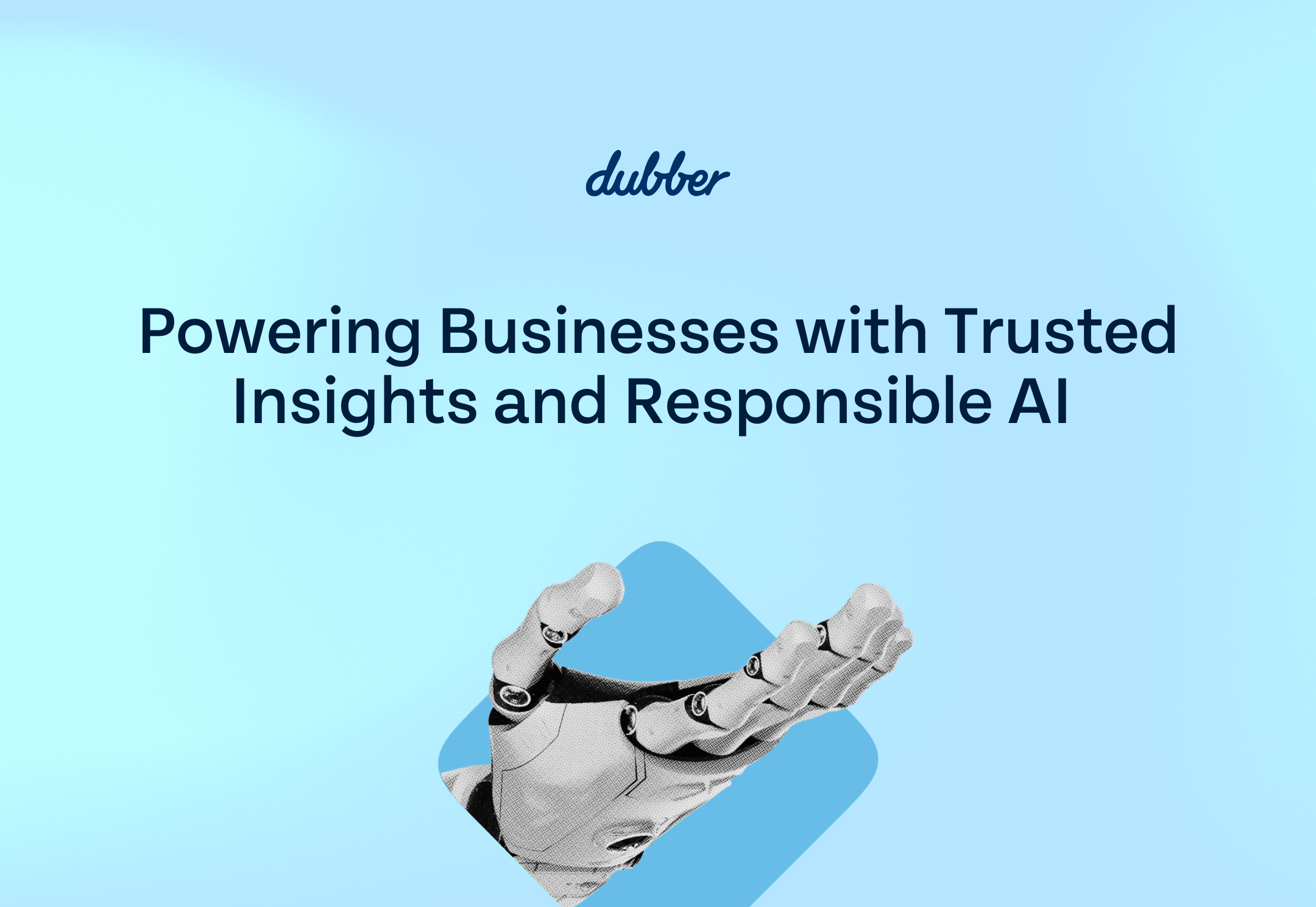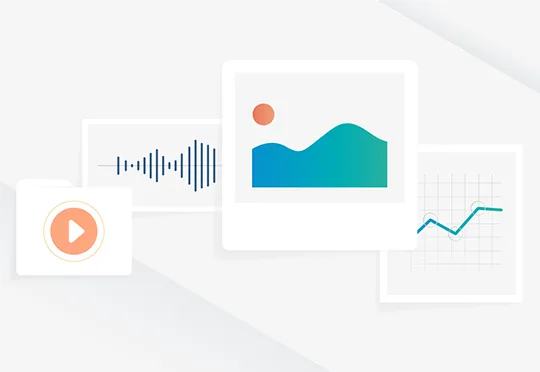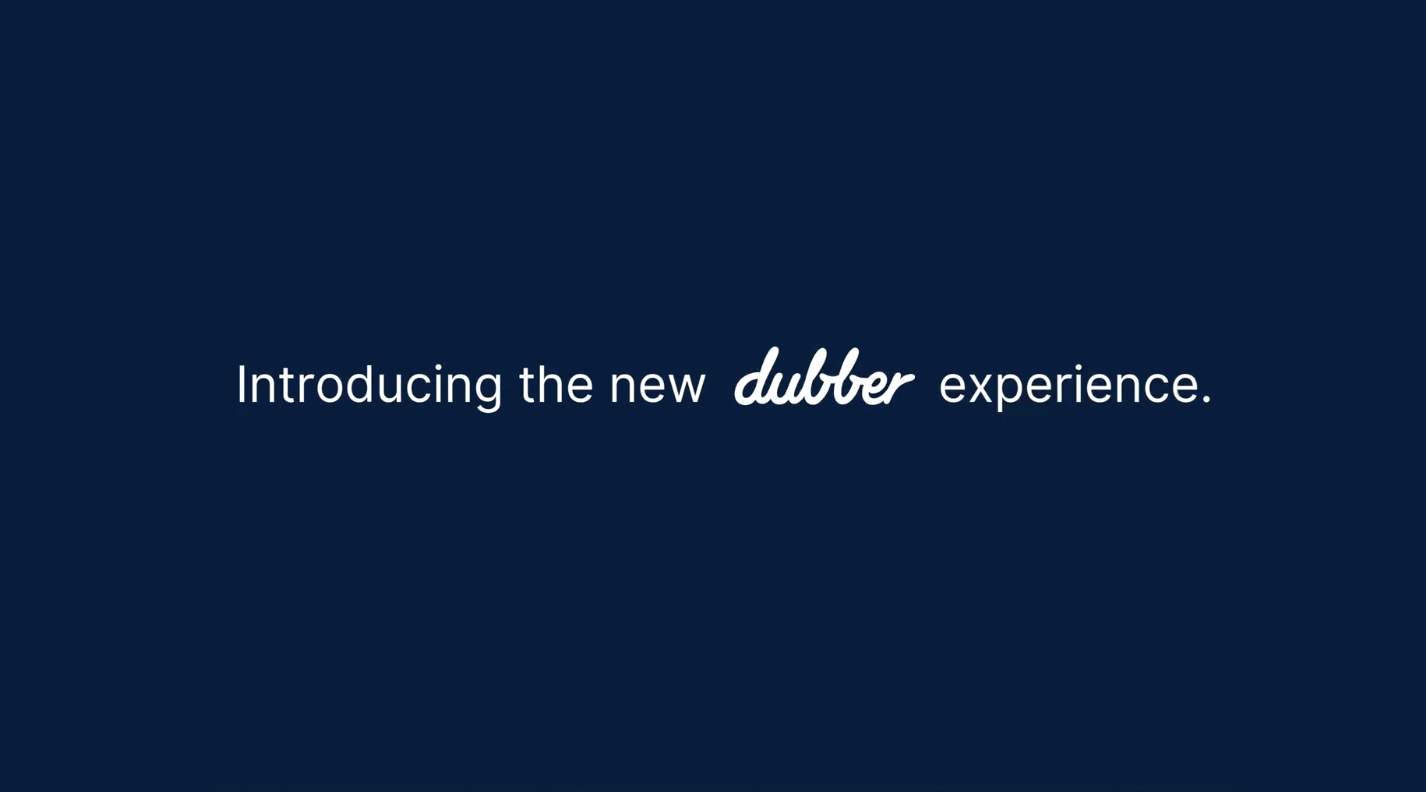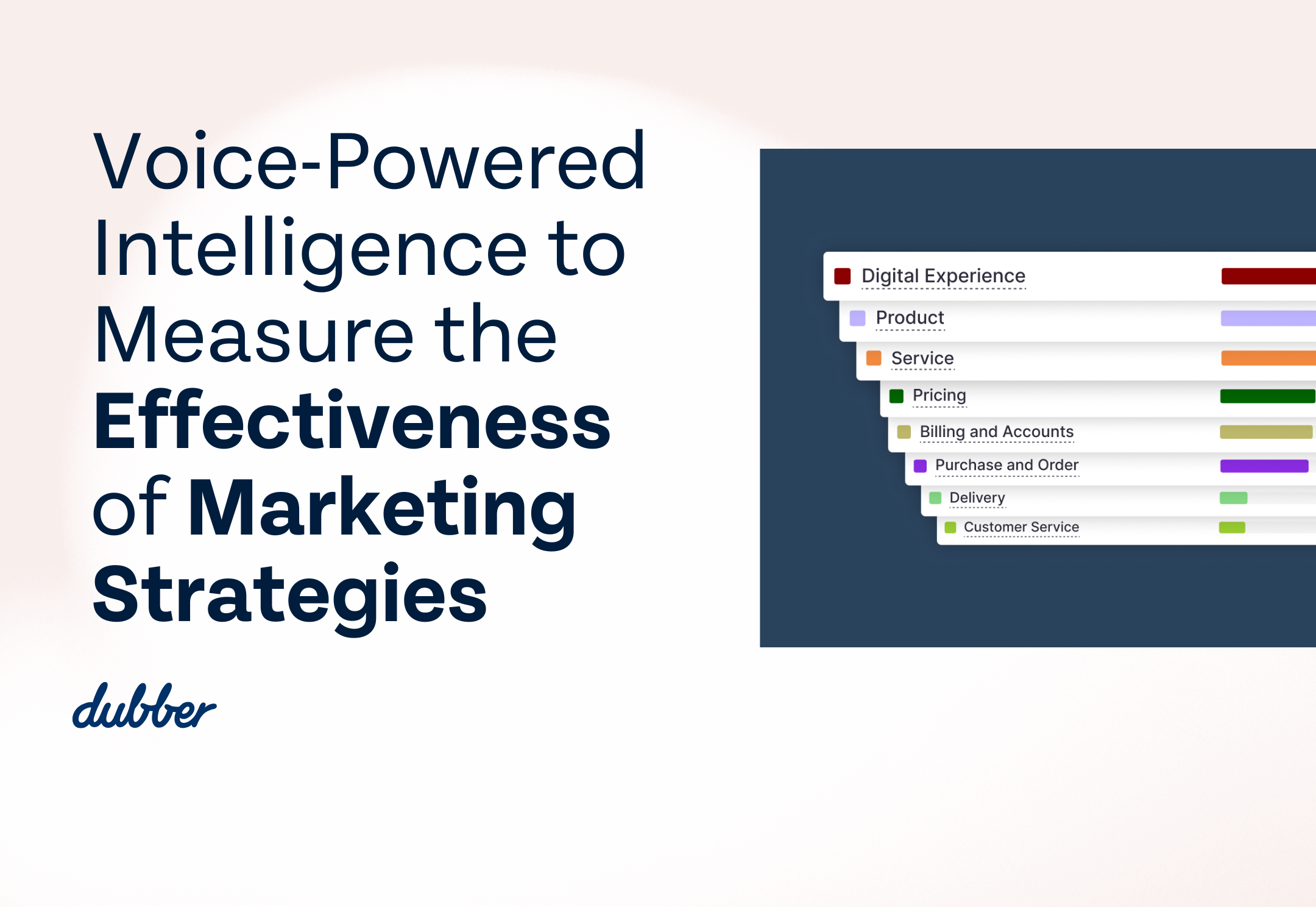

Unlocking Unstructured Data: the Voice Processing Power of Zoe
Unstructured data enables organisations to gain insight into their working practices. The term unstructured data describes information that does not have a set format, unlike its structured counterpart that is made of set data fields such as inventories and orders. Examples of unstructured data include images, and video and audio recordings.
Big Data and its analysis has proven just how vital information is to businesses. Insight into both consumers and the working practices of the organisations themselves can be a valuable asset. With global data estimated to reach over 160 zettabytes (that’s 160 000 000 000 000 000 000 000 bytes) by 2025, learning how to harness this information can set businesses apart from their competitors. These huge amounts of data allow analysts to understand a company’s true potential and more accurately predict growth and risks.
Unstructured data is often linked to structured data to make it easier to process. For example, a headshot of a staff member would be associated with structured data relating to the length of their employment and salary. This allows data to be visualised in a way that can be utilised to gain insights that were previously unimaginable. Data analysis can predict sales results, allow for more accurately targeted marketing campaigns and open up business and product development opportunities.
80% of data is unstructured, and is growing at a far higher rate than that of structured data (see graph below). Unstructured data often requires special tools to sort, search, visualise, and analyse. Unstructured data frequently holds much more information than structured data, and the information is often much more valuable. Due to the difficulties that can arise when accessing unstructured data, an organisation’s systems may need a way to read the data before it can be processed, and extra storage may be required for this more complex data. Companies with on-premise storage may be restricted by the amount of data they can store, and will be forced to make difficult decisions about the information they choose to keep.
Source: IDC
The power of the cloud
Data analysis can be overwhelming and it can be difficult for organisations to understand how to make the most of their data – especially large amounts of unstructured data. With a data management strategy, businesses can ensure they keep up with their competitors and capitalise on the wealth of information held in their data stores.
The analysis of unstructured data can be extremely time-consuming, with specialist data scientists often employed to cleanse and prepare the data before analysis. Employing expensive data scientists is an unlikely step for all but the largest enterprises to take but, with developments in artificial intelligence (AI), unstructured data can now be automatically analysed. These technological advancements allow even small businesses to profit from their valuable stores of data.
Investing in expensive hardware for data storage and processing isn’t practical for the majority of businesses, however, utilising the infrastructure of the cloud can allow organisations to store and process their data without restrictions or the need for CapEx. With dramatically reduced costs, and the scalability to accommodate large amounts of data, companies have the opportunity to experiment with analysis to grow their knowledge and skills.
Introducing Zoe
Automated analysis is now possible with AI becoming an everyday reality. Software can process huge amounts of unstructured data including images, audio and video, and not only report findings but learn as it analyses. AI is an important component in Big Data analysis, with its capabilities expanding to now include emotion recognition.
These new capabilities are exemplified by Zoe, Dubber’s suite of intelligence modules. Specialising in the analysis of voice data, Zoe’s ability to process this kind of unstructured data opens up another channel in the Big Data conversation: Big Voice. Accessing the data in consumer calls allows organisations to truly listen to their customers.
Zoe’s technology is under constant development. Its Smart Search feature is available now, allowing users to search their recorded calls using a variety of criteria from the date and location of the call to specific words that were used during a conversation. Due to be released at the end of 2017 are two more modules: Keywords and Sentiment. Keywords tags specific words and phrases and can be configured to trigger actions when these are spoken through Dubber’s open API. Sentiment identifies the emotions of the participants of a call to create a detailed understanding of their mood throughout a conversation.
Zoe’s analysis of voice opens up the wealth of insight that can be gained from this unstructured data, and allows businesses of all sizes to take advantage of the cloud and experiment with data analysis. Powered by the cloud, the processing potential is limitless.

